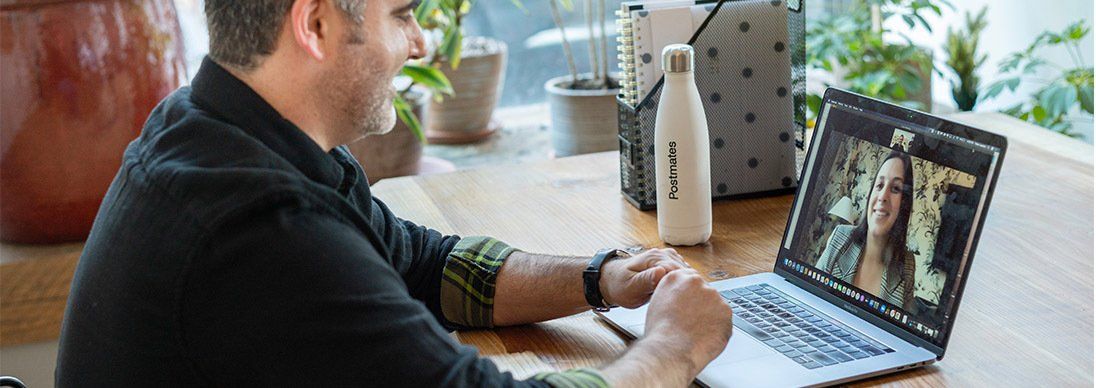Working from home deductions: Claiming methods and common myths
The ATO has updated its website guidance on claiming deductions for expenses incurred while working from home.
The first key reminder is that taxpayers must genuinely be working from home to fulfil their employment duties or to carry on a business activity in order to claim deductions. Merely carrying out minimal tasks such as occasionally checking emails or taking calls is not sufficient.

The other key reminder is that the taxpayer must personally incur additional expenses as a result of working from home in order to claim deductions.
Claiming working from home expenses
If you are claiming your expenses, there are three methods you can use:
- The ATO’s simplified 80 cents per hour short-cut method – you can claim 80 cents for every hour you worked from home from 1 March 2020 to 30 June 2022. You will need to have evidence of hours worked like a timesheet or diary. The rate covers all of your expenses and you cannot claim individual items separately, such as office furniture or a computer.
- Fixed rate 52 cents per hour method – applies if you have set up a home office but are not running a business from home. You can claim 52 cents for every hour and this covers the running expenses of your home. You can claim your phone, internet, or the decline in value of equipment separately.
- Actual expenses method – you can claim the actual expenses you incur (and reduce the claim by any personal use and use by other family members). You will need to ensure you have kept records such as receipts to use this method.
It is important to remember that taxpayers are not able to claim deductions for general household items (such as coffee, tea, milk), private expenses or for costs that are reimbursed by the employer.
Common myths
The employees guide to work expenses includes a section dealing with common myths that relate to claiming deductions for work related expenses.
This includes clarifying the position when it comes to the substantiation exemption. For example, taxpayers are not automatically entitled to a deduction of $150 for laundry expenses or for 5,000 kilometres under the cents per kilometre method for car expenses). There is no such thing as an 'automatic' or 'standard deduction'.
The guide states that while you don't need receipts for claims under $300 for work-related expenses, $150 for laundry expenses (doesn't include clothing expenses) or if you are claiming 5,000 km or less for car expenses under the cents per kilometre method:
- You must have spent the money
- It must be related to earning your income, and
- You must be able to explain how you calculated your claim.
Another myth is that you don't need a receipt to claim a deduction, only a bank or credit card statement. This is incorrect.
To claim a tax deduction, you need to be able to show that you spent the money, what you spent it on, who the supplier was and when you paid. Bank or credit card statements alone don't have this information.
There's also importance guidance on claiming deductions for gym memberships (available as a deduction to very few people), travel expenses, uniform purchases, buying ordinary clothing for work and television expenses.
Ready to prepare your tax return?
We would love to help. Contact your Goodwin Chivas & Co. representative, email us or phone our friendly team on (02) 9899 3044.






